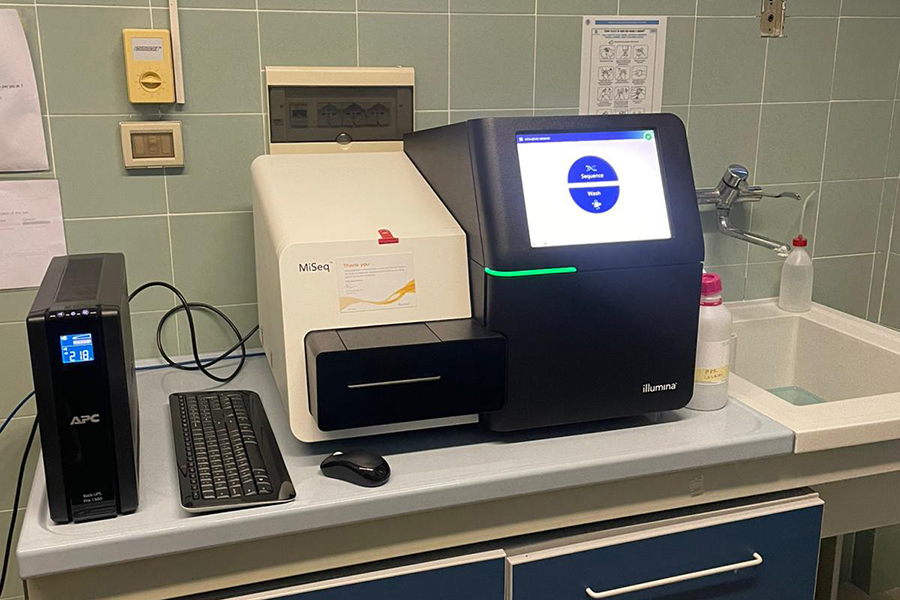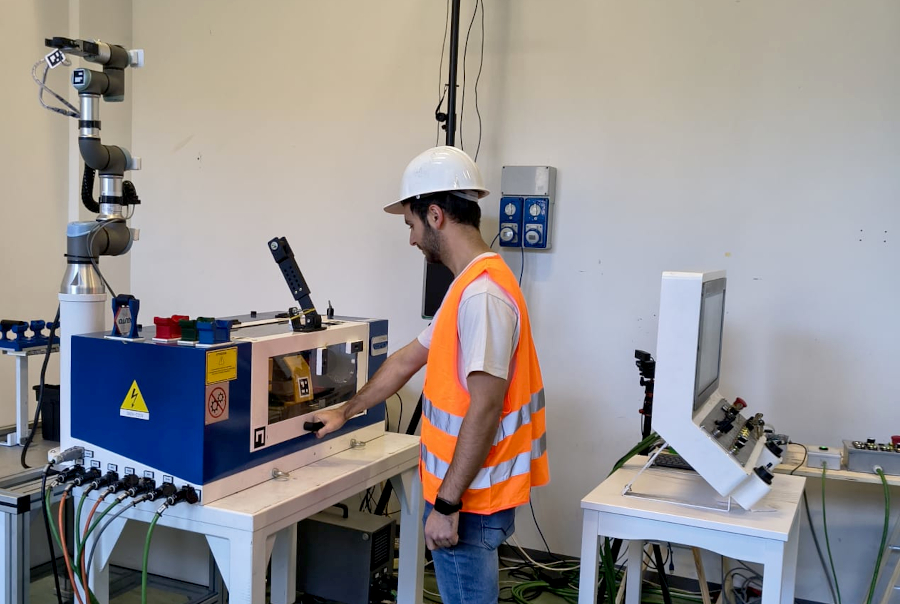Tests carried out on ethnic food products intended for human consumption and sold in Italy have revealed that nearly 80% contain ingredients not declared on their labels. Remarkably, animal DNA was found in all the plant-based products analysed. These findings emerged from a study conducted by the FishLab of the Department of Veterinary Sciences at the University of Pisa, led by Professor Andrea Armani, and published in Food Control, an international benchmark journal in the field of food safety.

The study—the first in Italy to apply the metabarcoding technique on a large scale to samples collected during official inspections—analysed 62 food products sold in Lazio and Tuscany. It also detected undeclared allergenic species such as fish and molluscs, posing potential health risks to consumers.
The research, which lasted two years and was funded by the Ministry of Health, was carried out in collaboration with the Istituto Zooprofilattico Sperimentale del Lazio e della Toscana “M. Aleandri” (IZSLT). The contribution of the FishLab was crucial in developing and applying innovative protocols based on NGS (Next Generation Sequencing) technologies, designed to complement existing official methods and thereby strengthen surveillance systems ensuring food quality and transparency.
The results revealed striking cases: products labelled as vegetarian contained DNA from pork, chicken or fish; a sample declared as “chicken only” showed traces of beef, duck and even deer; a rice-based product was found to contain molluscs such as clams and oysters that were not listed on the label; in other cases, ingredients indicated on the packaging—such as prawns or eggs—were not detected at all.

“Our findings should not be viewed as punitive,” explains Alice Giusti, researcher at the Department of Veterinary Sciences of the University of Pisa and first author of the study, “but rather as a tool for protection—for consumers, who have the right to accurate and safe information, and for businesses that wish to operate lawfully and stand out for transparency and quality. In addition to providing new safeguards for those following specific diets, such as vegetarians, vegans or individuals with religious dietary requirements, this research represents a major step forward in combating fraud and irregularities in the food supply chain, while also supporting the growth of a rapidly expanding sector in our country.”
“This study is an important step towards an increasingly modern and integrated control system, capable of responding to the new challenges posed by a global and constantly evolving food market,” says Dr Stefano Palomba, Special Commissioner of the IZSLT. “The use of metabarcoding demonstrates how scientific research can translate into concrete tools for the protection of public health and transparency for consumers.”
Metabarcoding is a next-generation sequencing (NGS) technology that enables the identification, in a single test, of all the species present in a complex food sample, thus revealing hidden or non-compliant ingredients. The use of this technique was made possible thanks to the Illumina MiSeq instrumentation acquired through the OSCAR Excellence Project and currently housed in the University of Pisa’s Centre for Veterinary Analytical Excellence (CAVE).
“Taking part in a study that exemplifies innovation underscores our role within the Health System as a guarantor of safety and quality for all,” concludes Palomba. “This research perfectly reflects the value and expertise of public veterinary professionals who, with scientific rigour and a strong sense of service, work every day to ensure food safety, animal welfare and the protection of public health—fully in line with the One Health approach, which unites human, animal and environmental health. These same principles inspired the Minister of Health to establish Veterinary Day, to be celebrated for the first time on 25 January 2026. We are already preparing an event that will bring together research and academic institutions to highlight our contribution to wellbeing, global health and the sustainability of life systems —just as the results of this study so clearly demonstrate.”



